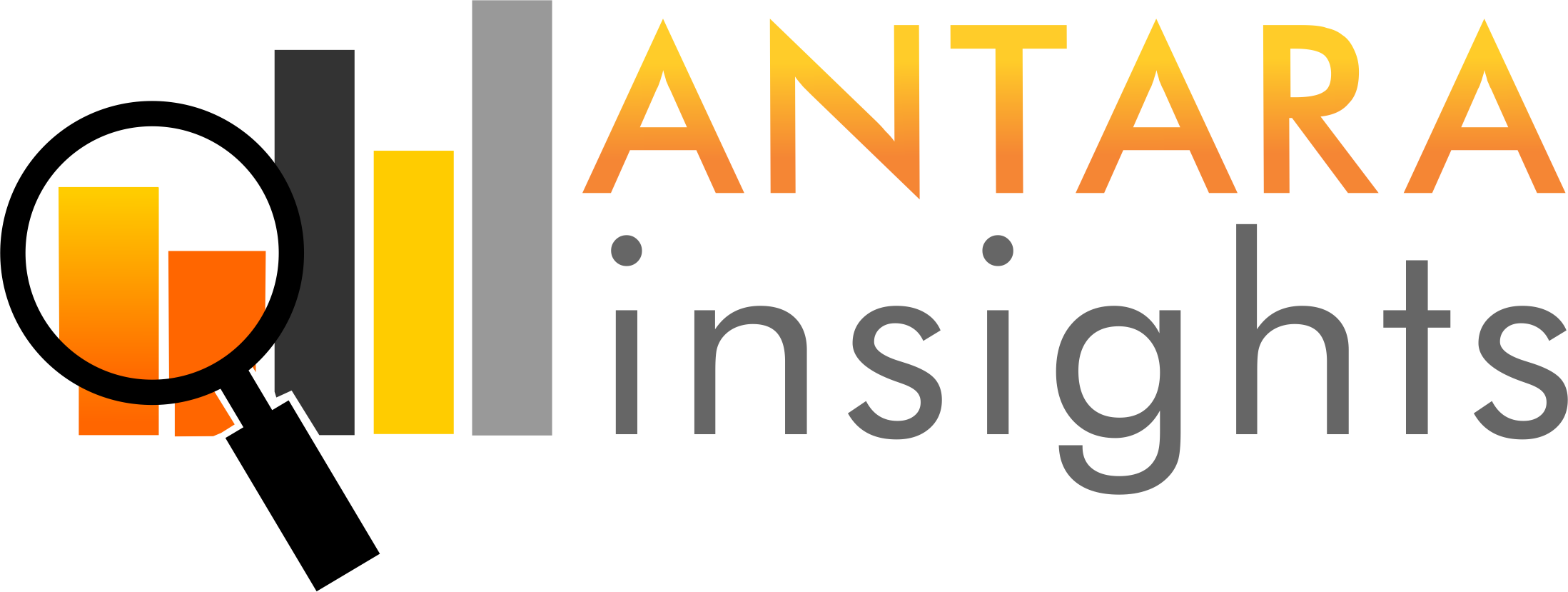
Benchmarking in its simplest form is learning and adopting the best practices of others.
This is accomplished by comparing yourself to similar operations with the goal of answering 3 questions:
How good am I?
How good could I be?
How do I get there?
As producers you have a pretty good idea of what works on your farm but what if you could get a peak into other farming operations?
Our Insights benchmarking service takes your production data and compares it with other operations.
Our reports measure performance at a field level across your farm which you can then compare against your long term average, the rest of the group and the top performers across all major crops.
By pooling data we can identify trends and answer such questions as:
The Problem:
Have you ever looked at your soil tests results and wondered if they accurate or of any value?
I got a call from a producer this fall with really high phosphate numbers 4X higher that what they should have been. Was it sampling error? Undissolved fertilizer? Phosphate numbers can range from 5-40 and can have a real impact on your bottom line. You either end up putting on too much fertilizer or not enough.
The Solution:
To minimize the risk of making bad decisions, we recommend sampling annually and tracking levels to establish benchmarks and observe trendlines.
With today’s fertilizer prices, small adjustments can have a huge impact to your bottom line by reducing expenses and/or growing more crop.
This is just one of the many benefits of joining our Insights Agronomy Benchmarking Program. To learn more about our Insights check us out at the Agri-Innovation Showcase @ Ag Days in Brandon this January!
The Benefits:
Part Record Keeping/Part Benchmarking, our Insights Service gives you real numbers that help you learn faster, make better decisions and avoid costly errors.
Do you find yourself wondering if you are putting on enough fertilizer?
Maybe it was a good year where you have overshot your yield goals and you are wondering if you are mining nutrients your soils?
In its simplest form, growing crops is converting nutrients, sunlight and water into a commodity that is then exported off the field. With higher yields today producers may not be adequately replacing these nutrients with fertilizer.
Keeping track of additions and removals over time gives you the opportunity to make up for shortfalls in other crops across your rotation. Can’t put enough fertilizer with your canola? Add fertilizer to your cereal or corn blends.
Every crop we grow mines additional nutrients off our soils. It is vital that we replace or build these nutrients to ensure our soils remain productive for future generations.
Nutrient balance sheets are part of our Insights Agronomy Benchmarking Program.
Do agronomy decisions keep you up at night?
Do you find yourself wondering if you are growing the right varieties or using the right fertilizers?
Benchmarking against similar operations is one way of putting facts to numbers. One of the major hurdles in adopting this practice in crop production is the unpredictable nature of weather. To help combat this our approach with the Insights program is to look at small data before big data.
By keeping geographies small and incorporating local weather data, we can better compare apples to apples and tease out best management practices.
Better data leads to better decisions and ultimately less stress.
Let’s Connect!
Stay in the Know

